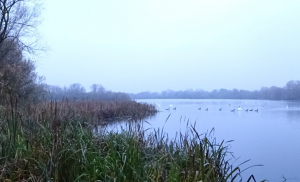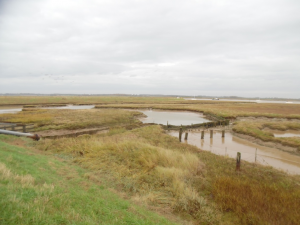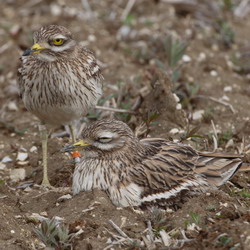Waterbird disturbance surveys at the Upper Nene Valley SPA
WFE was commissioned to undertake a study on disturbance of waterbirds in the Upper Nene Valley Special Protection Area (SPA). We planned the surveys carefully by visiting the site with the client beforehand, and then repeatedly visited four gravel pit sites to monitor human activity and disturbance at each site. Our surveys recorded the impact of disturbance to birds present, routes used by the public and birds using each waterbody.
With urban populations set to grow in Northamptonshire, this study provided information on the impacts of public disturbance on the populations of bird species for which the SPA is designated. These include bittern, coot, gadwall, great crested grebe, mute swan and tufted duck. We recorded the level of response of the waterbirds present to each disturbance. This showed how the birds were being disturbed by different activities.
A variety of activities were seen across the sites including cycling and sailing. The largest proportion of disturbance was at weekends and the highest levels of activity and disturbance were mid-morning. Walkers and dog walkers were found to use the sites most often. These two groups were found to cause most of the disturbance.
These findings meant we could advise the client on the activities at each site and ways to reduce impacts. The client was pleased with the work undertaken and can act on our survey results to encourage more responsible use of the SPA.




